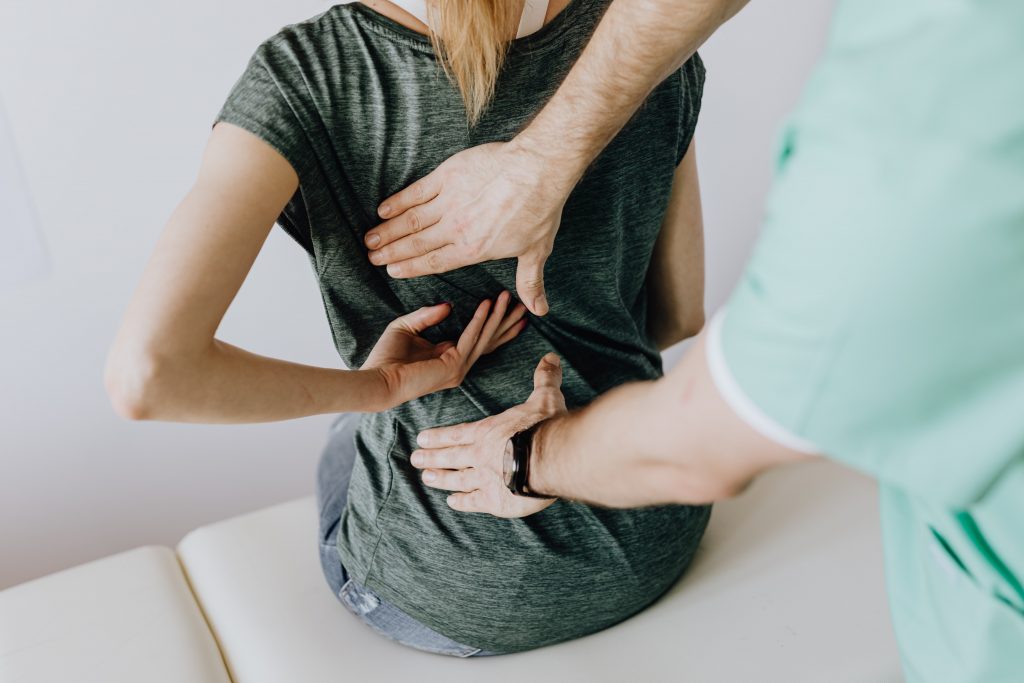
The pain can be acute or chronic. Acute pain alerts you to the fact that you have suffered a trauma. It can start suddenly and when the injury regenerates, the pain stops. In an acute injury, the pain is due to the pressure of inflammation in the tissues and nerves at the injury site. This inflammation leads to edema which is part of the body's regenerative response.
Chronic pain continues after the initial injury has resolved, and in some cases it can last for weeks, months and even years.
In a chronic injury, the nerve impulse that was active during the acute injury continues to send messages that the body is in pain. Although chronic pain is not fully understood, it is potentially due to nerve damage. New research also suggests that chronic pain may arise from dysfunction in the way the brain maps sensory information.
An obvious example would be "phantom limb pain". This pain is felt by the patient in the limb that was amputated.
About 2/3 of people with chronic pain also acknowledge having sleep problems. The lack of restful sleep often worsens the pain, resulting in a frustrating cycle of pain and insomnia.
Chronic pain is a huge expense for employers, with health, rehabilitation and loss of worker productivity. Migraine is the third pathology with the highest incidence worldwide. A 2015 study showed that headache is the most common cause attributed to lost productivity at work in the United States.
Acupuncture is widely recognized for its effectiveness in treating pain. Its unique role in reducing suffering in patients with pain is one of the main reasons why it has become so popular worldwide.
Research is abundant on the effects of acupuncture on specific pain conditions, as can be seen throughout this website.
With regard to acute pain, the results of a systematic review of 13 studies revealed that acupuncture is more effective than the use of both the placebo technique and injectable analgesics.


Regarding chronic pain situations, the largest study carried out to date has been carried out in 454,920 patients who have been treated with acupuncture for the relief of headache, low back pain and / or osteoarthritis.
The effectiveness of acupuncture was considered remarkable, or moderately effective, in 76% of cases by the 8,727 doctors who treated them.
In one study 2 years retroactive, in more of 89,000 patients, published in 2016, 93% of the patients said, that their acupuncturist had been successful in treating their musculoskeletal pain.
A meta-analysis of 17,922 patients in randomized controlled trials concluded that “Acupuncture is effective for the treatment of chronic pain” and is therefore a reference option.
A further study based on these data, with a view to long-term pain relief, revealed that the benefits of acupuncture remained for 12 months after treatment was over.
Another study in the journal Current opinion in anesthesiology entitled "Acupuncture for chronic pain: an update and a critical overview”Concluded that the evidence demonstrates the effectiveness of acupuncture in the treatment of chronic low back pain, pain in the neck, shoulders and knees, as well as headache.
Additional data are emerging that support the use of acupuncture as an adjunct or alternative to opioids and in the postoperative environment.
![[:pt]patologia dolorosa](https://curapura.pt/wp-content/uploads/2017/10/dor-1024x768.jpg)